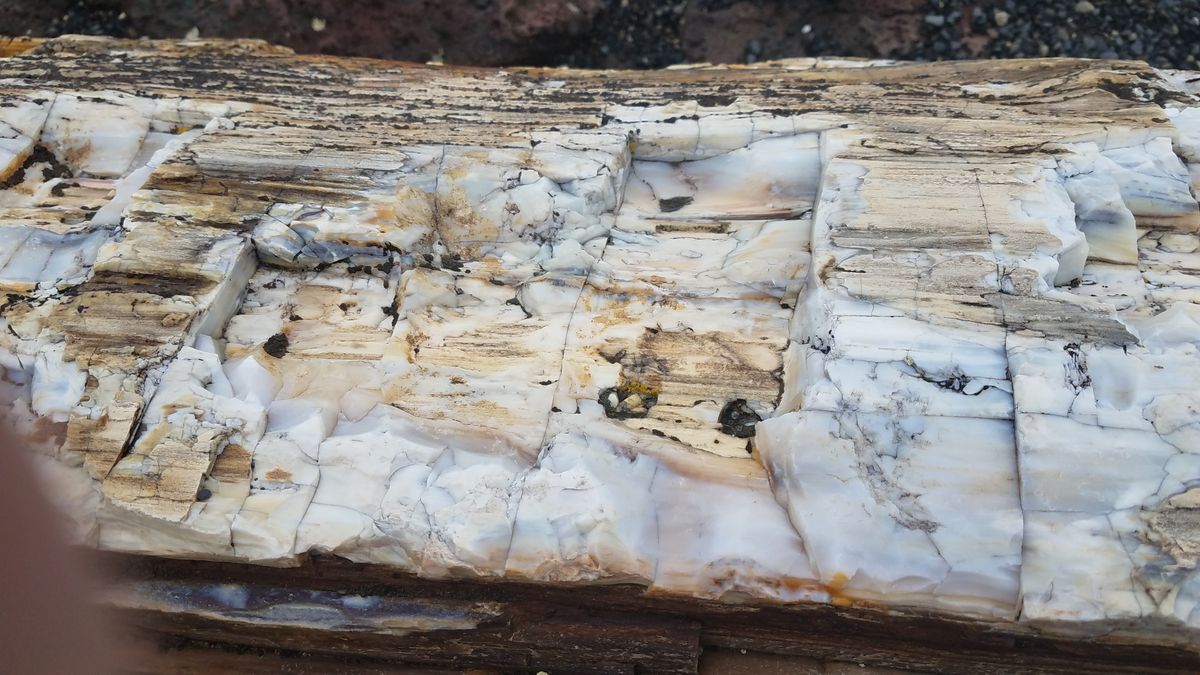About
As most children can attest, among the most frustrating parental sayings on the planet is "Only time makes ice." Enhancing this annoyance are petrified forests, reminding us mothers the world over could have been telling us that, given enough time, plain old wood can become gleaming agate. Now, doesn't that make the bitter message of patience go down so much smoother?
Gazing out over the high deserts of Eastern Washington, one would never guess that this semi-arid land had once been covered in lush, impenetrable forests of conifers. The first clues began surfacing in 1927 in the form of petrified chunks of wood, but the major clues arrived when highway workers tasked with building the Vantage Road in 1930 found increasing numbers of intact, rock-logs blocking their progress. Set aside as a historic preserve in the 1930's.
It took the work of geologist George F. Beck, however, to mark the site's true geologic significance. In 1931, he recognized the emerging patterns as a marker that over 15 million years ago, during the Miocene Period, the region had been dominated by trees that seemed unfathomable in the present day, such as swamp cypress, horse chestnut, stands of douglas fir, giant oaks, sycamore, and the park's namesake: ginkgos.
By 1935, Beck had convinced the Washington legislature to set aside the 10-acre parcel of land now known as Ginkgo Petrified Forest State Park as an official natural preserve marking the unique way that land can evolve and change in unexpected ways over time.
Surveying the land from the State Park's interpretive center doesn't reveal much from a distance, but a short walk out into the wilds reveals plentiful holes in the ground still filled with the stumps of petrified ginkgos. In short: the earth here is full of buried treasure, put there just for you, made Mother Earth's incomparably magical, infuriatingly potent patience.
Related Tags
Community Contributors
Added By
Published
October 19, 2015



































